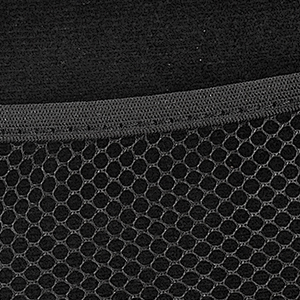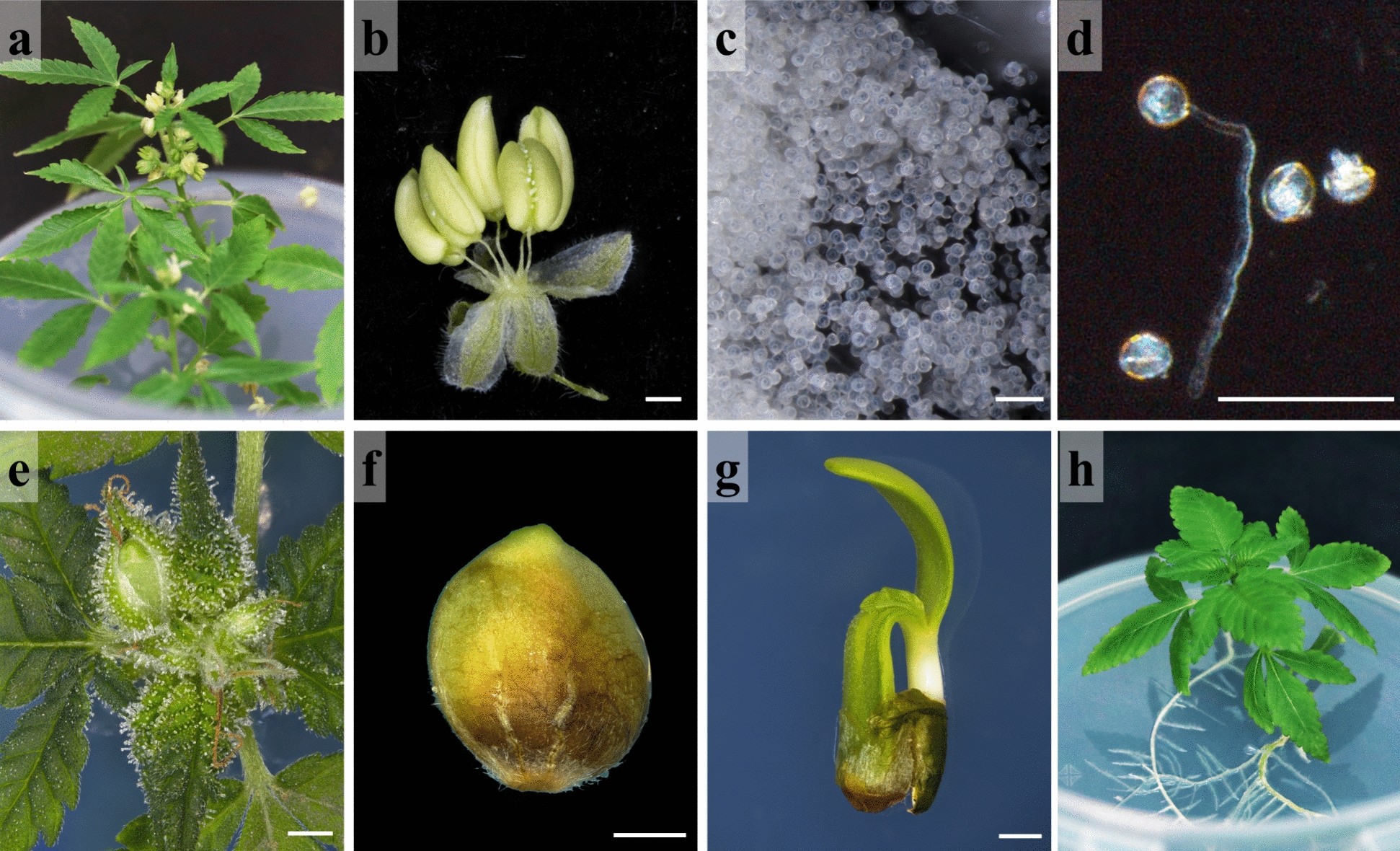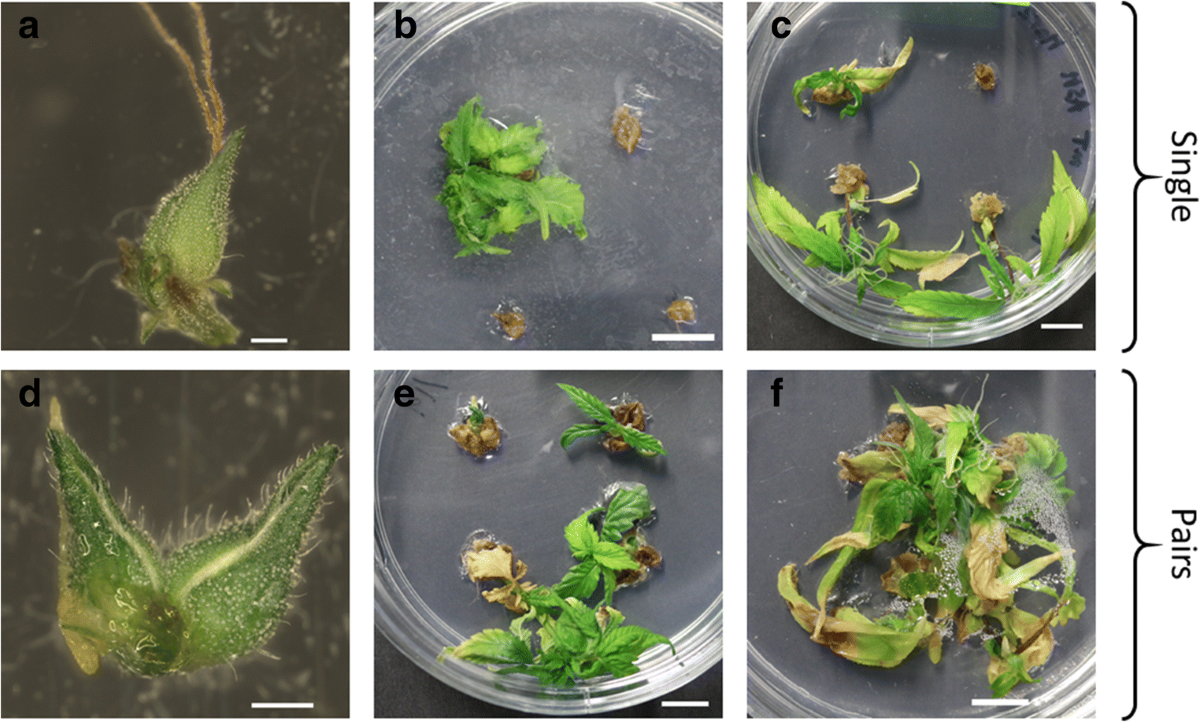Product Description



|

|

|
|---|---|---|
Durable Insulin Fridge HolderOur 15-Slot Insulin Storage Case for Refrigerator fits Standard 10ml Vials. The 15 pre-cut holes in high density foam hold your vials snug, safe and secure from accidental drops from over 20+ft. | Multi-function Insulin Holder Storage CaseOur Insulin Fridge Holder Storage Case with mesh pocket design inside.Making it easy to carry small items with you when you are out and about using your insulin. You can organize other small insulin-related items as you use them. | Qualified Material For SafetyInsulin vial holder storage case made of high quality Oxford cloth, it is equipped with Pearl cotton cushion and EVA cushion. Protect your vials with double protections. Insulin vial cooler travel case is ideal and perfect for diabetes and professional. |


https://www.amazon.com/AJFHKJ-Prote...in+fridge+holder+storage+case,aps,530&sr=8-1#
Product details
- Product Dimensions : 6.1 x 4.33 x 3.15 inches; 5.29 ounces







![Solar Powered Cooler: The Ultimate Buying Guide [2025] Solar Powered Cooler: The Ultimate Buying Guide [2025]](https://cdn.prod.website-files.com/63a02e61e7ffb565c30bcfc7/649e9279593476f369131bc0_Solar%20Cooler%20five.webp)






